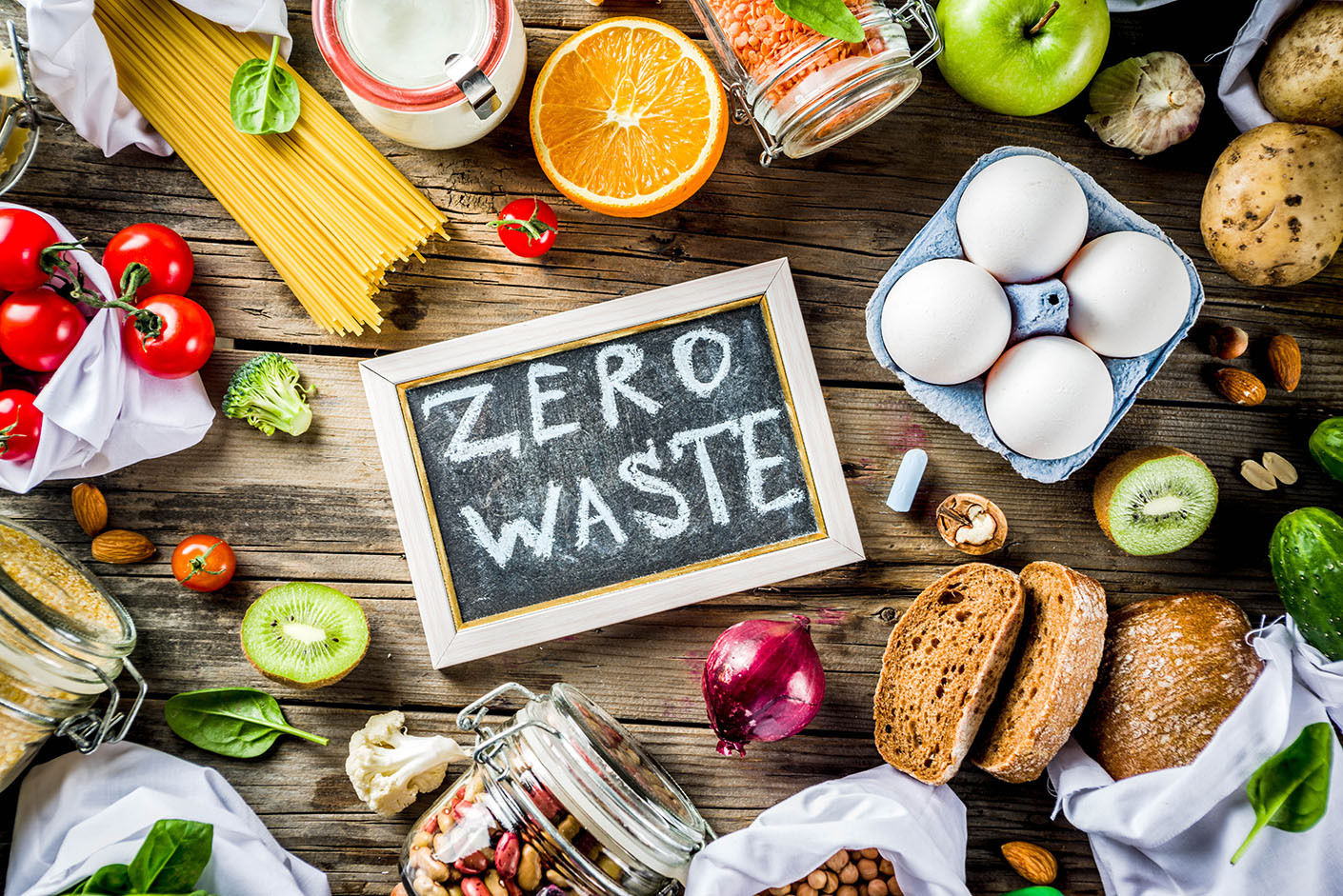In the dynamic world of the food industry, the issue of food waste looms large. The FAO encapsulates food waste as any food appropriate for human consumption being discarded, whether due to surpassing its expiry date or simply left to spoil. Food waste management encompasses a spectrum of stages, from prevention and recovery to recycling and disposal methods such as composting or landfills.
I. Understanding Food Waste Management Stages
Deciphering the Complexity
Food waste management unfolds through various stages, each playing a crucial role:
- Food Waste Tracking and Prevention
The initial step involves tracking and preventing food waste. Traditionally, commercial kitchens lacked a robust tracking system, leading to significant underestimations. However, technology, like software integrated with hardware, has revolutionized this stage, making it more efficient and accurate.
- Utilizing Food Banks
Food banks play a pivotal role in diverting excess edible food from landfills to those in need. Their significance in reducing waste and addressing food insecurity is explored, showcasing successful models and impactful initiatives.
- Converting Food to Animal Feed
Another avenue in food waste management involves repurposing excess food as animal feed, contributing to sustainability and reducing waste in landfills.
- Anaerobic Digestion for Renewable Energy
The process of anaerobic digestion is explored, where organic waste is converted into valuable resources such as biogas and organic fertilizers, contributing to renewable energy production.
- Composting and Landfills
The traditional methods of composting and landfills are also discussed, highlighting their role in waste disposal and the environmental impact associated with each.
II. The Revolutionary Era of Technology in Food Waste Management
Automating with Artificial Intelligence
Technology, particularly AI, has ushered in a new era in food waste management. With the example of Winnow automating the process, we delve into the five-step management process:
- Automated Waste Logging
Food waste is thrown into designated bins, and the weight is logged automatically from scales under the bins.
- Data Collection through Cameras
The process includes capturing food types on camera, providing detailed data, including cooking errors, overproduction, trimmings, and plate waste.
- Cloud-Based Aggregation
Data is sent to the cloud, where it is aggregated, incorporating financial and environmental costs, time of day, and areas with high waste production.
- Actionable Insights
Chefs gain insights into the waste the next day, enabling them to make informed decisions to reduce waste, ultimately saving both resources and money.
III. Addressing Challenges in Global Food Waste Management
Recognizing the Global Impact
Food waste is a global issue with far-reaching consequences. We explore its impact on climate change, where, if considered a country, food waste would be the third-largest emitter of greenhouse gases. The role of land utilization in agriculture, ethical considerations, and the imperative to reduce food loss for global hunger are also discussed.
IV. Unraveling the Causes of Food Waste
Tracing the Origins
Food waste occurs at various stages, from supply chain issues to kitchen mismanagement. Processing problems, overproduction, and market instability contribute to pre-consumer waste, while kitchen management decisions lead to post-consumer waste. The article stresses the importance of reducing surplus food at the source rather than relying on waste-to-energy solutions.
V. Case Studies: Transforming Hotel and Catering Food Waste Management
Sustainable Practices in Action
The article presents real-world examples from the hospitality and catering industries, showcasing how effective food waste management not only reduces environmental impact but also saves substantial costs. The case study of Marriott Hotel’s Grosvenor House Dubai highlights a 72% reduction in food waste, saving both meals and money.
VI. Role of Management in Reducing Food Waste
Establishing a Culture of Prevention
Management plays a pivotal role in fostering a culture of waste prevention. The food recovery hierarchy is introduced, emphasizing six ways businesses can deal with food waste, with source reduction prioritized at the top. Practical strategies are explored, such as donating to food banks, repurposing for animal feed, and composting.
Conclusion
In conclusion, effective food waste management emerges as a multifaceted challenge with global repercussions. By embracing technology, implementing strategic solutions, and fostering a collective commitment to reducing waste at every stage, the food industry can pave the way towards a more sustainable and resilient future.



